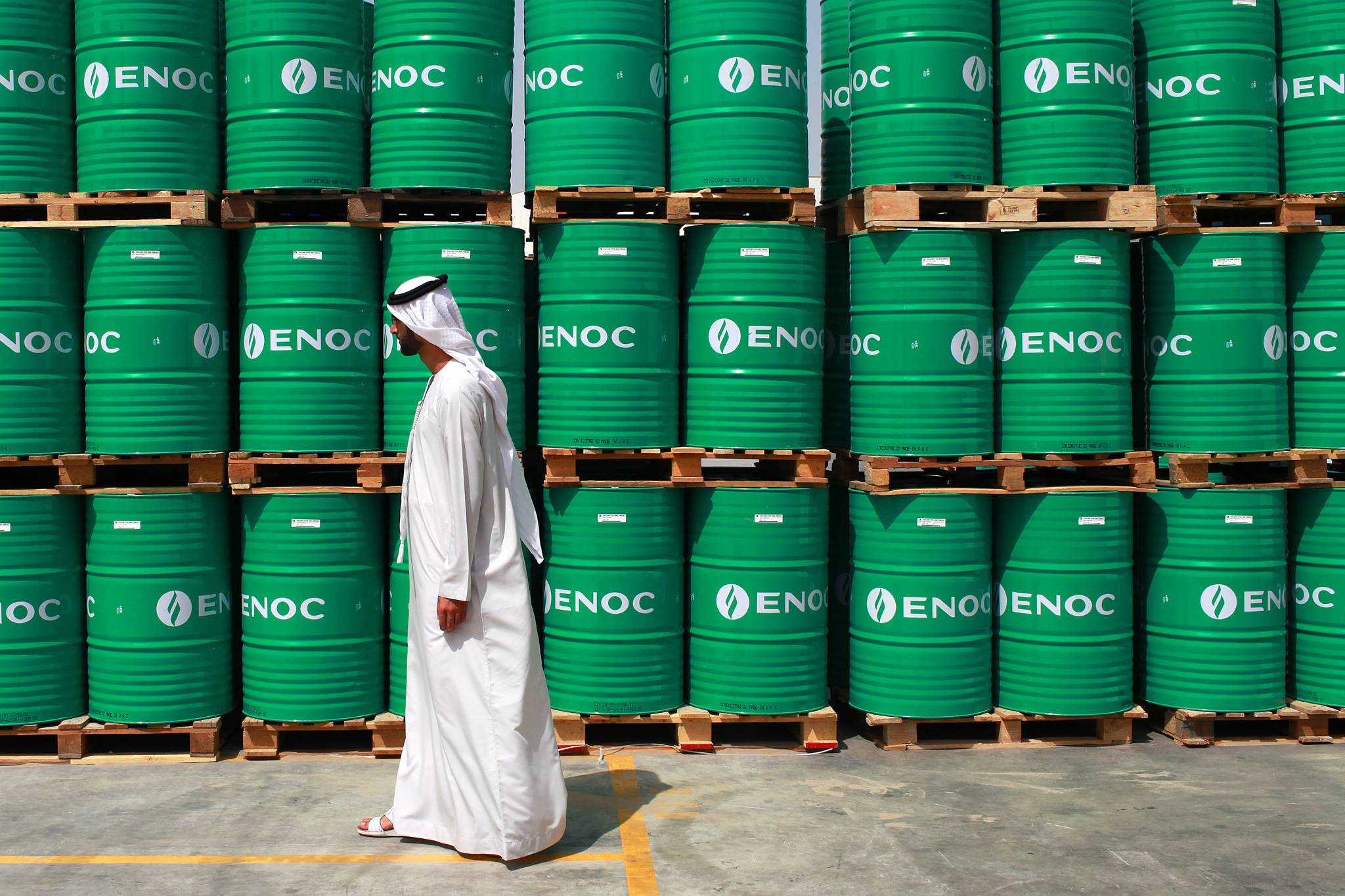Four reasons why oil prices should normalize
by Norman MacDonald, Portfolio Manager, Invesco Canada
When oil is trading at US$20-US$30, many energy companies are not profitable. When oil prices are that low, companies are operating simply to cover their cash costs - it can be very costly to restart a stopped oil well and companies stand to lose less money by continuing to produce, rather than ceasing production altogether.
Oil at US$30 per barrel implies that we're going into negative-growth territory on oil demand, and that's just not the case right now. Our research, including some of the recent data out of China and numbers released by the International Energy Agency (www.iea.org) seem to verify this belief.
Why oil prices should normalize
CAPEX cuts
Oil companies globally slashed their capital expenditure (CAPEX) budgets last year and the cuts are continuing into 2016 at unprecedented rates. The U.S. rig count has dropped off dramatically in the last twelve months. At 2015 year-end, the count was 698 and as at April 1, 2016 it stood at 450. The current level represents a 75% decline since 2014 year-end.1
It can take roughly 12 months from the decision to drill to revenue recognition from production. What some industry-watchers fail to realize is that while it's easy to put a rig out of service, it is very difficult to get it up and running again.
There are two reasons for this:
- Oil-field workers impacted by the structural unemployment that is rampant throughout the industry likely can't afford to wait until Q2 of 2017 to be rehired. Many will move on to new opportunities in related fields
- As companies seek to minimize their working capital, many of the rigs that have been put out of service are being stripped of valuable parts for use on other rigs that are still in service. These fleets are not operationally ready should prices rebound
Inventory reduction
No market participant - Saudis, Russians or U.S. shale frackers - wants to be the first to shut production and lose market share. The majors have focused on stabilizing base production, but without meaningful investment, production declines are likely and inventories will eventually begin to decline.
Loss in momentum of the U.S. dollar
The U.S. dollar (USD) has lost some of its momentum so far in 2016. Historically, there's been an inverse relationship between crude oil and the USD (i.e., when the USD trends upward, oil trends downwards and vice versa).
Some reasons for this include:
- Oil is priced in USD. Therefore, when the USD is strengthening relative to other foreign currencies, oil becomes relatively more expensive for foreign buyers, which negatively impacts demand
- Commodity prices are negatively impacted by recessionary fears in global markets as investors seek the relative safety of the USD
Balance-sheet risk in the energy sector
Many of the super majors, which we don't own, such as Chevron Corp., Exxon Mobil Corp., Royal Dutch Shell PLC and BP PLC, have yet to slash their dividends. However, these companies are debt financing a large portion of their committed dividends while cutting CAPEX. Coming out of a downturn, these actions can make it more difficult to add to production as a significant amount of capital related to future projects has already been deferred or canceled.
Copyright © Invesco Canada
1 Source: Bloomberg L.P. and Baker Hughes U.S. Rotary Rig Counts.
All data is provided by Invesco Canada unless otherwise noted.















